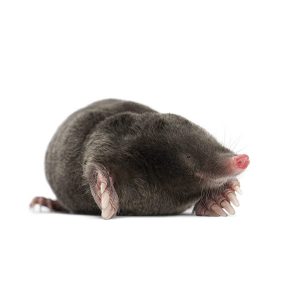Description
Marmots in your area
Marmots are the largest member of the squirrel family, and they can be found all across North America – particularly in mountainous regions. These pests are about the size of a cat or small dog, and can weigh over 15 pounds. If a marmot senses danger, they will whistle or chirp to alert others in the area. These pests are most active between July and early October, and generally hibernate the other 8 months out of the year. Though marmots are not active year-round, they are still capable of causing significant damage to trees and yards by gnawing or digging.
Marmot Habitat
Marmots frequently burrow along forest edges or in meadows at elevations over 4,000 feet. After emerging from hibernation in June or July, these rodents will feed on plants and roots. Over the course of the summer, a marmot can nearly double its body size before returning to a long hibernation. During this time, marmots are also known for digging extensive tunnel systems, which may cause damage to residential properties. These creatures are also highly social and generally live in groups, which means an infestation can cause significant destruction over time.
Marmot Behaviors, Threats, or Dangers
Though marmots are only active for about 4 months out of the year, they can pose a serious health risk. Marmots are known for carrying a variety of diseases, including Lyme disease, Rocky Mountain Spotted Fever, and rabies. In addition to potentially harming your health, these pests can also wreak havoc on your property by digging through your lawn or chewing on your greenery. If you are struggling with a marmot infestation, we recommend contacting your local marmot control experts to safely and efficiently remove these pests.


